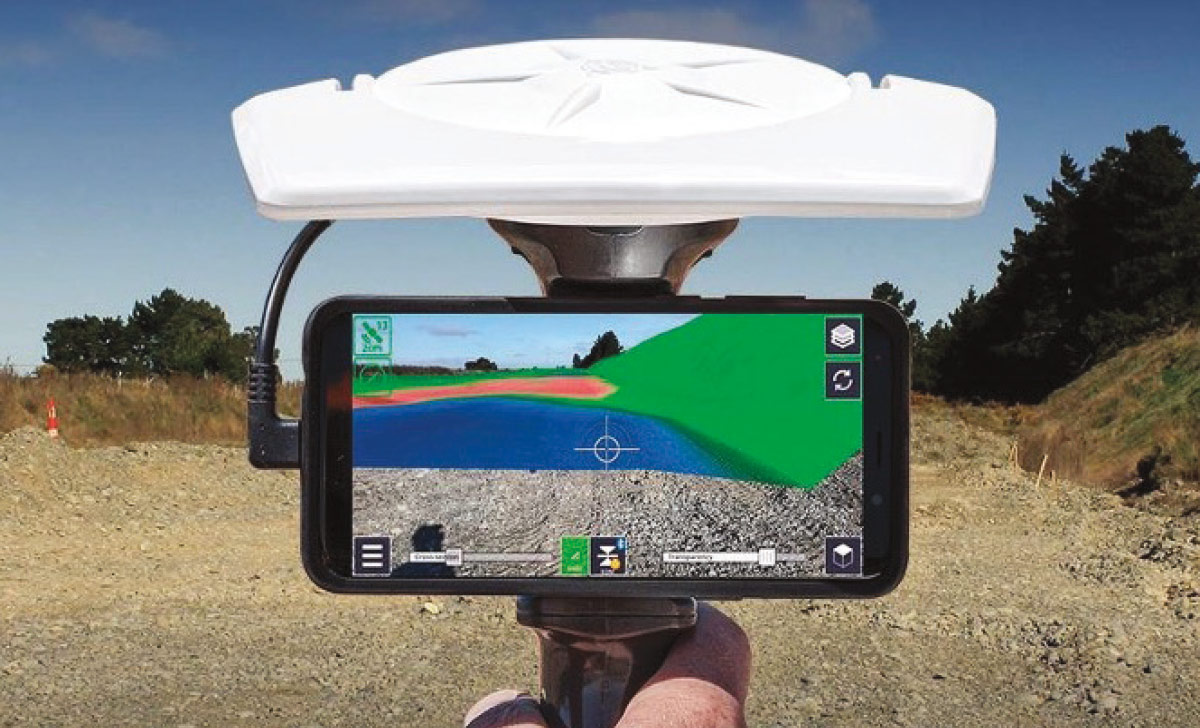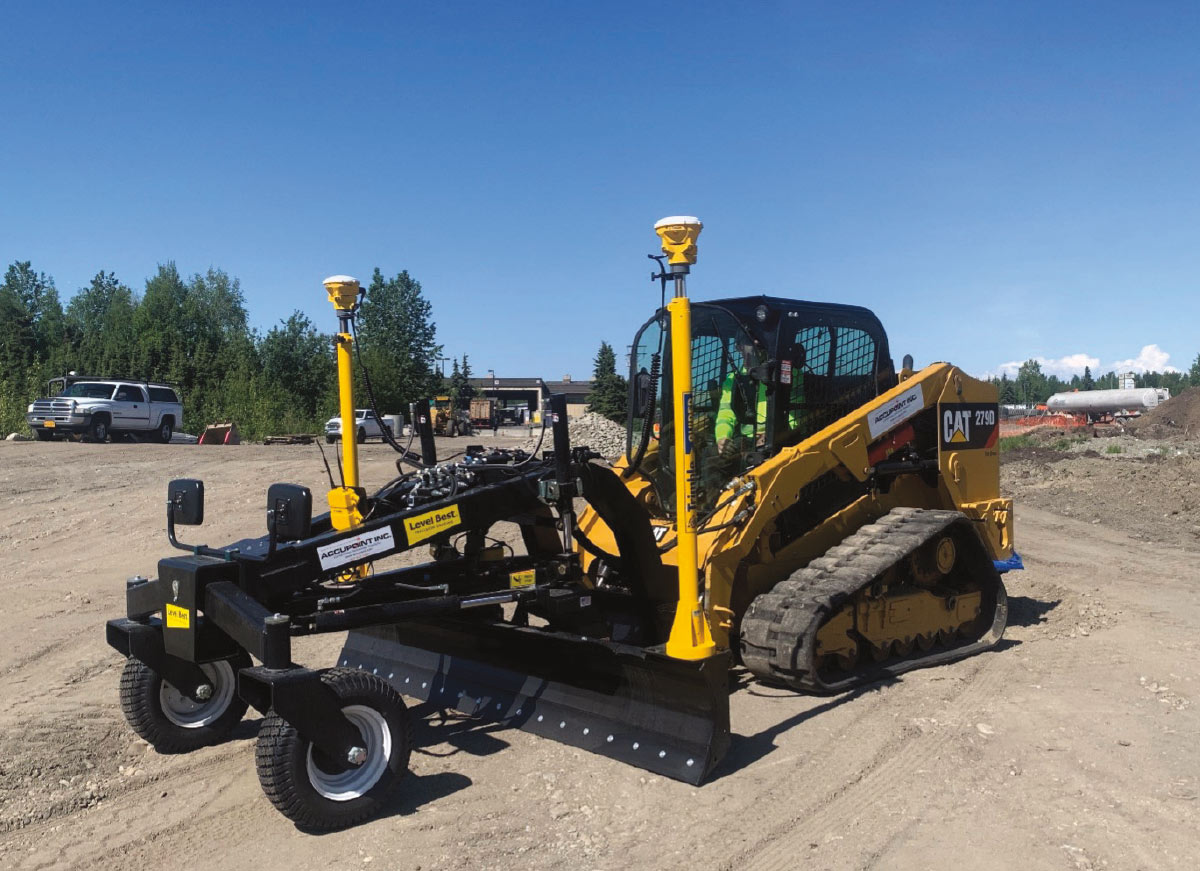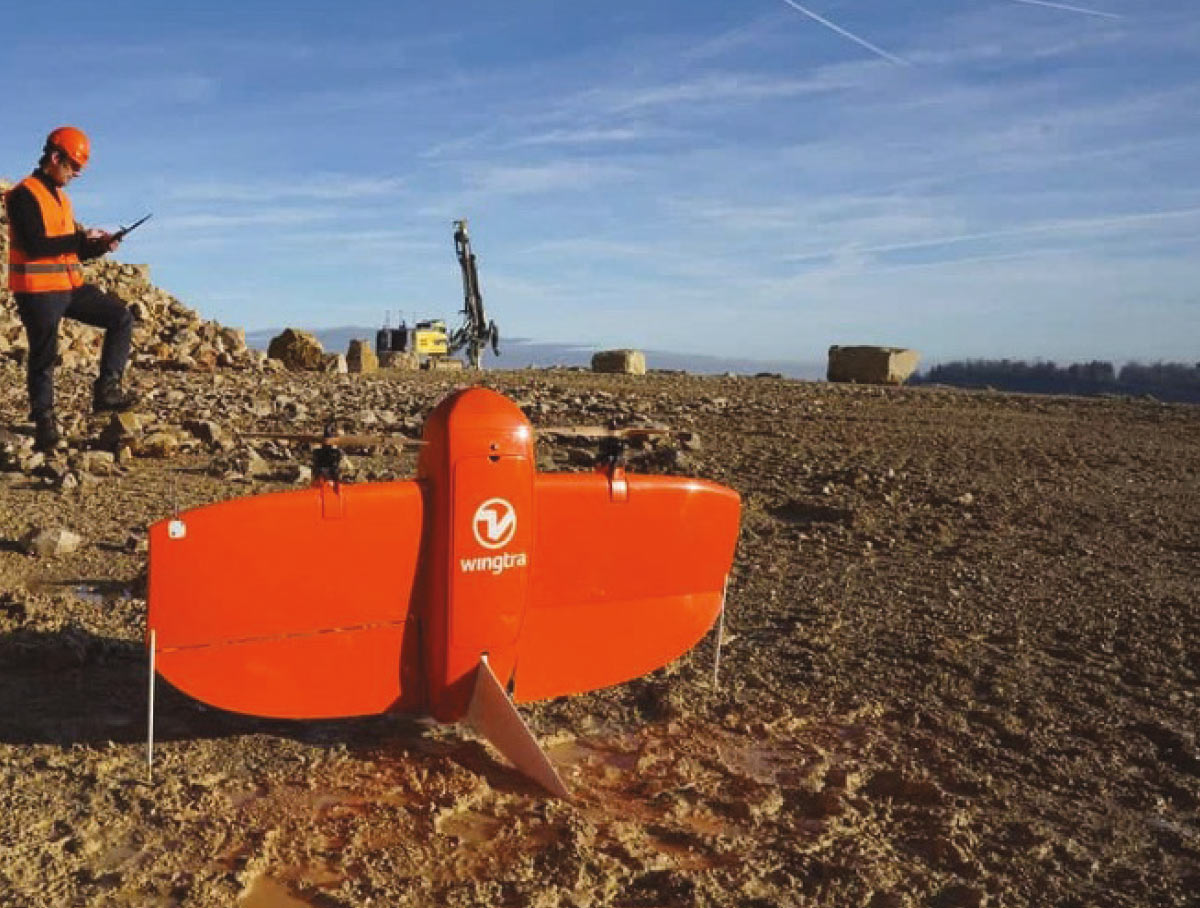the Trade
ontractors in the construction industry are driven to keep projects on track, on time, and within budget. And lately there have been additional challenges for the construction industry, including labor shortages, heightened HSE requirements, and the rising cost of lumber.
“Alaska challenges are like any other state, but bigger,” says Nelson Hays, a construction technology engineer with Accupoint, which specializes in construction technology solutions. “The short construction season and challenges of remote work demand innovation to deploy and operate a system with minimal downtime.”
Technologies and techniques have been (and continue to be) developed to streamline processes and procedures, improve communication, build efficiencies, and reduce or mitigate challenges that a construction project may face. Below Accupoint, PDC Engineers, Drake Construction, NANA Construction, Cornerstone General Contractors, and Remote Alaska Solutions share some of their insights and solutions for Alaska’s construction industry.
the Trade
ontractors in the construction industry are driven to keep projects on track, on time, and within budget. And lately there have been additional challenges for the construction industry, including labor shortages, heightened HSE requirements, and the rising cost of lumber.
“Alaska challenges are like any other state, but bigger,” says Nelson Hays, a construction technology engineer with Accupoint, which specializes in construction technology solutions. “The short construction season and challenges of remote work demand innovation to deploy and operate a system with minimal downtime.”
Technologies and techniques have been (and continue to be) developed to streamline processes and procedures, improve communication, build efficiencies, and reduce or mitigate challenges that a construction project may face. Below Accupoint, PDC Engineers, Drake Construction, NANA Construction, Cornerstone General Contractors, and Remote Alaska Solutions share some of their insights and solutions for Alaska’s construction industry.
PDC Engineers is currently using AI in conjunction with drones “to transform point cloud data into 2D and 3D line work that qualifies as survey grade as-built or topographic CAD file,” says Chris Settle, chief drone pilot for the company. “With this post process data, we can design construction projects—for example, a commercial building—in a three-dimensional environment, which can help clients and the public visualize what the building is going to look like in the real world… It helps designers design in a 3D space, reducing conflicts and ultimately saving the client time and money.”
“Grade Control systems, where heavy equipment is outfitted with GNSS [Global Navigation Satellite System] guidance and automatic hydraulics, has been the single biggest boon to construction in the last few years by far since it both speeds up production and reduces the need for outside help from surveyors and grade checkers,” says Hays. “This helps us in Alaska both from a schedule perspective, with our exceedingly short work season, and the project budget, as moving dirt twice [or more] is expensive.”

Right: A Level Best grading attachment equipped with Earthworks 3D GPS machine control.
Accupoint
Bottom: A Level Best grading attachment equipped with Earthworks 3D GPS machine control.
Accupoint

For example, Cornerstone General Contractors uses Procore to manage every aspect of a project, from finance to daily operations to redline as-builts, says Pearl-Grace Pantaleone, Cornerstone’s business development and marketing manager.
“Emerging opportunities include installing monitors at the beginning of a construction project to analyze output [energy, utilities, labor] and optimize supply chain interaction and jobsite conditions,” states the Construction Technology Trends to Watch report. “Predictive maintenance programs can also be established with IoT. When fitted with sensors, construction equipment can automatically send notice if any abnormal patterns are detected. This alerts workers to intervene early in order to avoid critical downtime.”
NANA Construction is on board with that trend. “By investing in a 100 percent in-house fabrication process, NANA Construction utilizes over 32 acres of secure workspace and 105,000 square feet of heated shop space to complete year-round fabrication services for our customers, even in Alaska’s cold winter months,” says NANA’s Elvsaas.
Accupoint
Accupoint

“Other parts of the world have fully-automated equipment that runs without an operator on site,” says Hays. “Trimble is working with Caterpillar, Dynapac, HORSCH, and dozens of others to bring autonomous tech we have seen in agriculture, Australian mines, and self-driving cars to construction sites. A remote workforce for a project in a remote part of Alaska changes things dramatically by reducing so many expenses.” ![]()